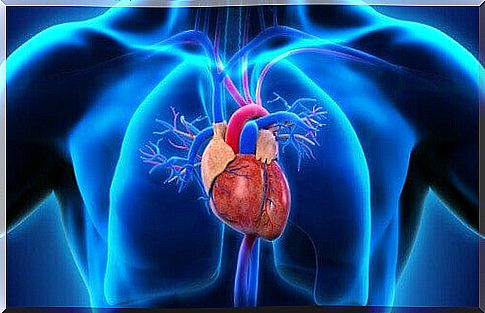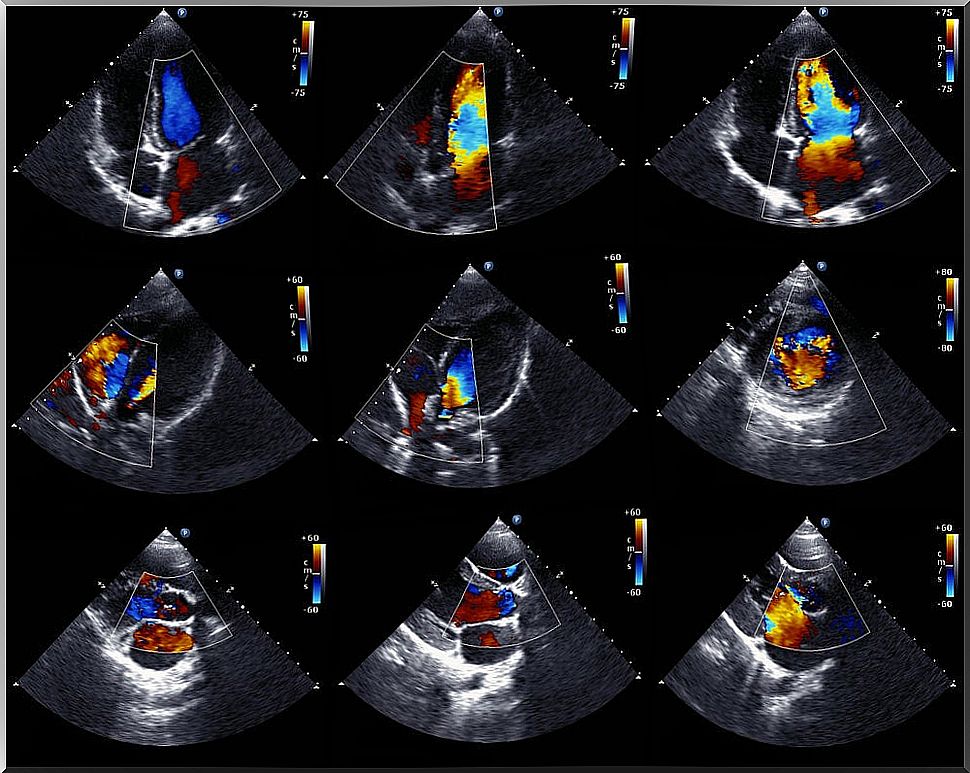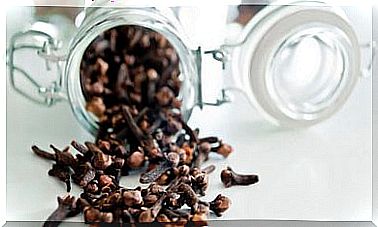Causes Of The Common Arterial Trunk
The truncus arteriosus or truncus arteriosus is a congenital malformation in which one artery arises from the heart and e ste has the ventricles and atria well formed.
It is a relatively rare cardiac anomaly, with an incidence of 0.21-0.34% of patients born with a congenital cardiac anomaly and accounting for approximately 2-3% of patients registered in a pediatric cardiac surgery unit.
In other words, the common arterial trunk is a heart condition in which a person has one large artery instead of the two separate ones to carry blood to the lungs and body.
Causes of the common arterial trunk
In a normal heart, the blood follows this cycle: body-heart-lungs-heart-body. When a person has a common arterial trunk, the blood leaving the heart does not follow this normal cycle.
In these cases, the heart does not have 4 properly separated compartments but only has one chamber. In this way, there are neither atria nor ventricles that separate the blood according to its origin and destination. There is only one common artery and there is no specific pathway for blood rich in carbon dioxide or one with oxygenated blood.

The common arterial trunk appears during fetal growth, when the baby’s heart is developing. Therefore, this condition is present at birth, that is, we speak of a congenital problem.
Today, in most cases the cause that triggers this heart problem is not known. However, several factors are known to increase the risk of common trunk arteries, including:
- A family history of congenital heart problems.
- Children with chromosome problems, velocardiofacial syndrome, or DiGeorge syndrome may be at increased risk of developing a trunk arteriosus.
- Pregnant women who take certain medications during pregnancy that can harm the fetus.
- Women who contract viral diseases such as rubella may be more likely to give birth to a baby with a trunk arteriosus.
What are the symptoms?
Each patient may experience symptoms differently. However, there are a number of common symptoms that babies with this disease can share. These most common signs are:
- Cyanosis: the skin turns a blue-purple hue.
- Fatigue.
- Sweat.
- Cold skin.
- Accelerated and difficult breathing.
- Accelerated heart rate
- Respiratory congestion
- Lack of appetite.
All of these symptoms can be common to other medical conditions or other heart problems. Therefore, it is extremely important to consult the doctor in the event that your child has any of those mentioned on the list.
How can it be diagnosed?

Doctors can usually diagnose this abnormality before the baby is born. To do this, they use a fetal echocardiogram. This technique uses sound waves to create a picture of the heart in motion.
Thanks to this, you can see the appearance of the heart and examine its functioning while they are still in the womb. With the information obtained, doctors plan how to treat the baby immediately after it is born.
On the other hand, there is also the pulse oximetry test. This is a simple test that measures the amount of oxygen in the bloodstream. It can give the first clue that there is a heart problem.
Treatment of the common arterial trunk
As data, studies of the natural history of the common arterial trunk suggest a 50% mortality during the first month of life. With this, survival to the first year of life of 10-25%.
Furthermore, the vast majority of patients who survive for more than one year of life suffer from severe pulmonary vascular disease, often irreversible.
Regarding treatment, babies need to undergo open heart surgery in order to prevent possible complications. This operation is usually carried out in the first month of life.
During the operation, the aorta and pulmonary arteries are separated creating a path for blood to travel from the right ventricle to the lungs. The VSD and any other heart abnormalities found will be corrected at the same time.
If this problem is not corrected by the operation, most babies die. However, surgery is usually effective.








